Spinal stimulation, does it offer more freedom?
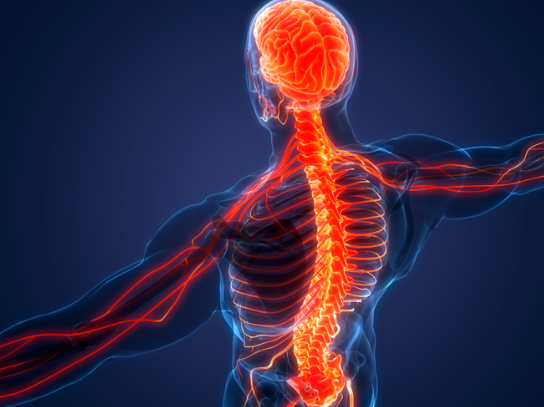
Three men received experimental spinal cord stimulators as part of a clinical trial, all three of whom had their lower body completely paralyzed. The results have been a surprising success, the technology they use is a set of implanted electrodes that is placed next to the spinal cord below the point cut by the injury. Electrical signals from the device replace missing signals from the brain, causing the muscles to move in a way that allows walking, climbing stairs and even doing squats at the gym.
These results and others demonstrate that, with the right technology, people with severe spinal cord injuries can get back on their feet and walk, is a remarkable development. But the big news in this area goes far beyond walking; many people with spinal cord injuries face problems that are not as obvious as paralysis. Low blood pressure, sexual dysfunction, and problems breathing or controlling hands, arms, bladder and bowels can be major challenges for people with paralysis in their daily lives.
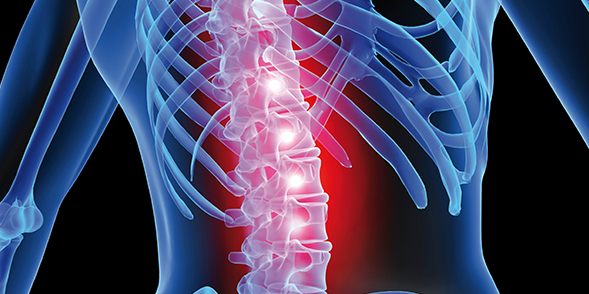
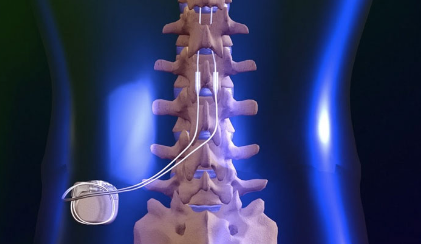
By deciphering the language of the spinal cord, the researchers hope to learn how to accurately fill in the missing commands, filling the gap left by the injury; the work can pave the way to treat many of these problems indicated by patients as important. The promise of spinal cord stimulation extends beyond spinal cord injuries, stimulating the nerves of the spinal cord could help people with symptoms of stroke, Parkinson’s disease, multiple sclerosis, cerebral palsy and others disorders in which signals between the brain and the body are confused.
The spinal cord carries signals between the brain and the body, signals from the brain tell the leg muscles to contract to take a step, the blood vessels to expand, and the bladder to hold firm until the toilet is ready. to reach. Signals from the body to the brain transmit sensations of movement, pain, and touch. When the spinal cord is injured, these signals are blocked. The specially designed device is slightly longer and wider, capable of covering more nerve roots in the spinal cord and providing more stimulation options.
All of the men in the test have gotten stronger, even when the stimulation is turned off, suggesting that some sort of repair is taking place in the body, perhaps due to stronger neural pathways in the spinal cord.
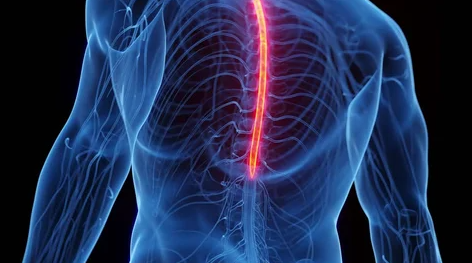
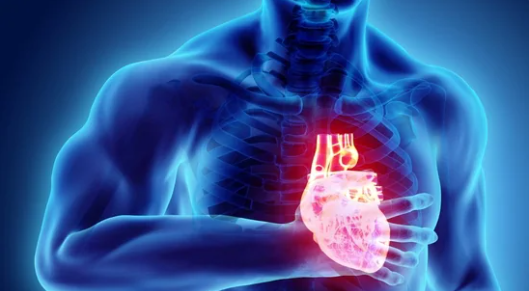


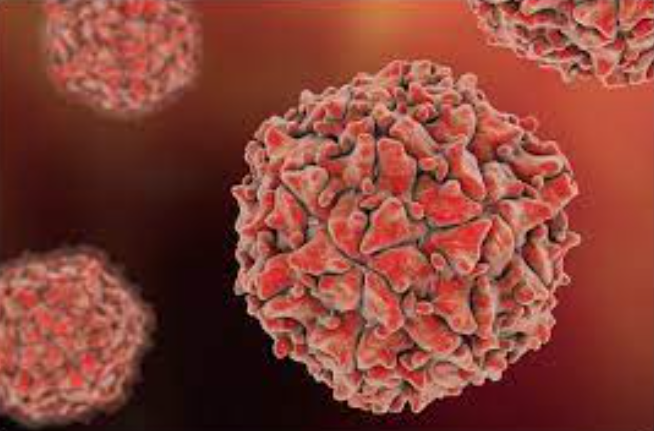
Responses